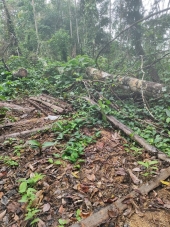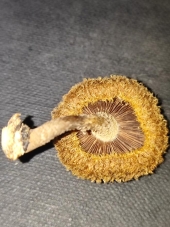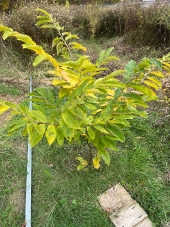Squirrels and jays may seem like a total pain in the ass to us when they steal our peaches and blueberries, but they actually planted the oak, beech, fir, madrone and chestnut forests back when humans were still monkeys. They forget where they stashed the acorns, seeds and nuts... and voila- new forests are born.
Another benefit of bears pooping in your food forest is that they love to eat manzanita berries and huckleberries, along with delicious mushrooms like white chanterelles, matsutake and queen boletes. Manzanita seeds actually germinate after they pass through a bear's digestive tract. When the seeds germinate, so do the spores from the mycorrhizal mushrooms and a whole new mushroom patch is started underneath the shade of the manzanita and huckleberry bushes. Since these species of mushroom are difficult or impossible for humans to cultivate, the bears are actually better mushroom cultivators than humans. I always see lots of bear poop in my favorite bolete patch on the Oregon coast.










